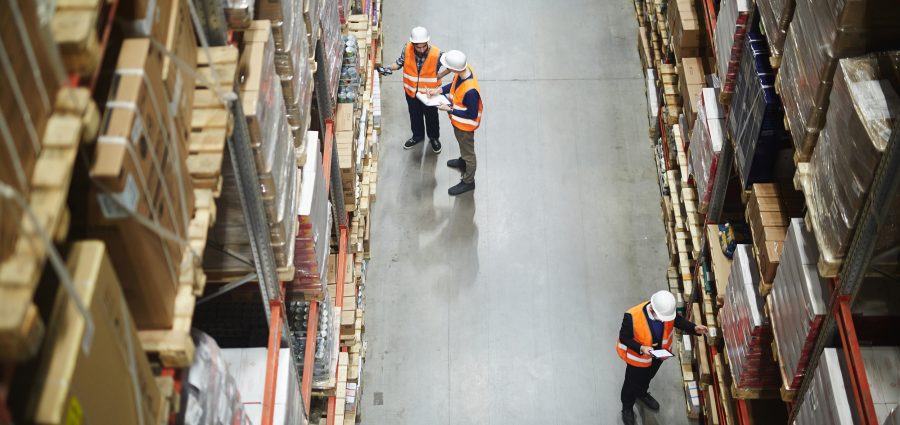Several forces are working against distributors to get their customers what they need when they need it.
Some are within your control; others, not so much.
For example, 78% of supply chains were disrupted when the pandemic happened, making it the most significant impact in a decade, according to research by Jabil. That’s had a lasting impression on inventory management, including the lingering effects of labor shortages; demand uncertainty and fluctuation; extended and unpredictable lead times; and truck, container, and shipping slowdowns.
Distributors continue to deal with the pandemic’s aftermath while working to meet customer expectations for quick and seamless service. In this reality, you need strategies to ensure inventory is where it needs to be when customers want it.
Challenges standing in your way include:
- Stockouts and backorders
- Overstocking
- Unclear lead times
- Rapidly changing demand
- Lack of visibility across the organization
- Human errors due to manual data entry
Each of these challenges has a cost:
Reputation Risk
If you slip up, the Internet has only made it easier for customers to share their experiences – good and bad. If you’re consistently making mistakes, your customers will be dissatisfied – and your reputation can take a hit. That could affect your ability to acquire new customers or grow sales with your existing customers.
Poor inventory management can also strain your relationship with your suppliers. Your troubles could introduce hurdles to their planning and fulfillment processes.
Lost Sales
If a customer needs a product and you can’t deliver, that sale will likely go to one of your competitors who isn’t out of stock, knows where the product is, and can deliver it in a timely fashion. That customer may continue to use that competitor in the future.
Limited cash flow
Are you carrying too much or not enough inventory? Are you fighting with obsolete inventory and duplicate inventory on the shelf? And are you missing inventory?
Inventory is cash you can’t spend in other areas of your business. It’s shelf space you can’t allocate to the new products your customers want. And it’s product that you may ultimately have to offer deep discounts on to free up that space.
Having too much of what you don’t need – and not enough of what you do – means higher carrying costs, less warehouse space for items distributors can turn around quickly, and fewer resources to invest in other aspects of the business.
What to Do Next
In an inventory management benchmarks survey we conducted with Modern Distribution Management during November-December 2022, 71% of respondents reported that their inventory management practices needed work.
Many of these respondents also reported on their plans to implement positive changes in the coming year. These changes should have a positive impact.
The good news is that several tools and strategies can help you mitigate the challenges within your supply chain. What should you include in your improvement plan? Look for tools that provide:
Greater forecast accuracy: How well can you predict demand for your products and services and minimize excess stock collecting dust in your warehouse?
Better visibility into inventory performance: You need to access real-time data and analytics on inventory levels, stock movements, and other related metrics for better-informed decisions about inventory management.
Clearer line to suppliers: When you’re overseeing multiple branches, you need direct lines of communication with suppliers. Without it, you risk increased lead times and a poorly optimized flow of goods.
Better tracking: Effective forecasting, visibility, and communication all come down to better tracking capabilities. Monitor and trace the movement of your products to ensure accurate delivery, reduce the risk of lost or damaged goods, and turn your inventory into cash.
Removal of siloes: Reduce manual data entry (and errors) when you can link your systems across your organization.
The Final Word
The pandemic highlighted a weak spot for many distributors: They lacked clear insight into their supply chain. When distributors can’t get an accurate read on their inventory, stocking becomes an issue. Understocking results in unhappy customers who can’t get the products they need, while overstocking creates pressure on the bottom line.
But distributors are resilient, and with a focus on strategies and tools that can drive better inventory management, you can grow even stronger.
Related Posts
-
The company said it will help manufacturers and distributors more accurately plan their production schedules.
-
Robert Brice discusses how digital and automation technology can help deal with challenges faced by…
-
Net Results Group Managing Partner Lance Gilbert discusses the state of indirect spend at large…






